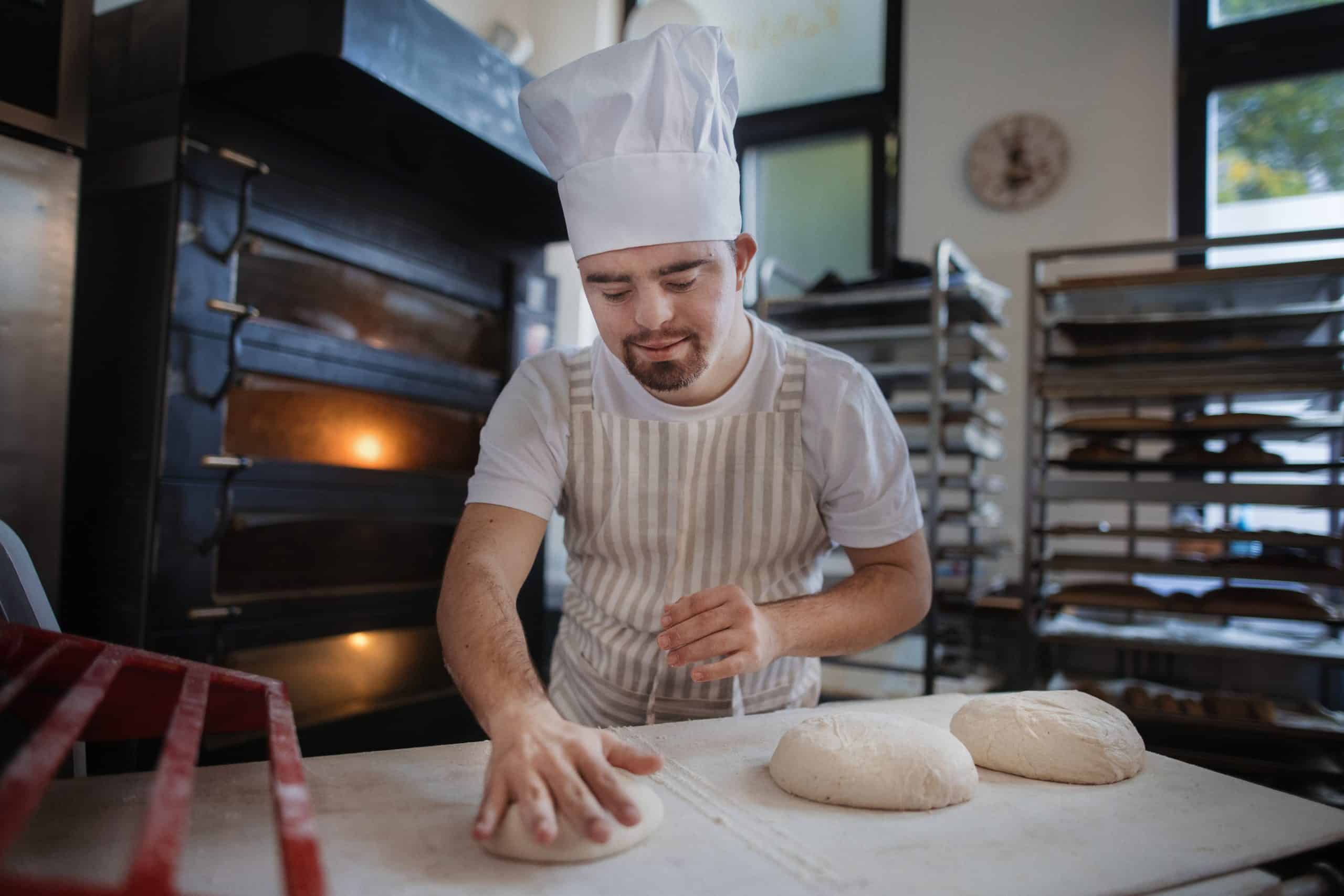What’s the Best Way to Introduce a New Kitten to a Home with a Senior Cat?

Bringing a new kitten into your home is an exciting time for all involved. However, when you already have a resident senior cat, the process can become a little more complicated. The introduction phase needs to be handled with care to ensure a smooth transition for both the new kitten and the older cat.
In this guide, we will take you step by step through the process, ensuring a smooth and stress-free integration for your pets. We will discuss the importance of separate spaces, the role of food and scent in the introduction process, and how to observe and respond to your pets’ behaviors.
A découvrir également : How to Safely Introduce a Dog to Horseback Riding Trails?
Preparing a Separate Space for the New Arrival
Before bringing your new kitten home, it’s essential to establish a separate room for them. This space serves as a safe haven for the kitten during the introduction process, and it also helps to prevent any territorial disputes with the resident senior cat.
The room should be equipped with essentials such as a litter box, food and water dishes, and a bed. Also, ensure the room has some toys for the kitten to play with. This step will help the kitten relax and settle into their new environment before they meet their older housemate.
A découvrir également : What’s the Best Approach for Training a Cat with Vestibular Syndrome?
Managing First Encounters Through Scent
Scent plays a crucial role in how cats perceive each other. By using scent, you can help your older cat and new kitten become familiar with each other without a direct meeting, reducing the potential for conflict.
Start by swapping bedding between the kitten and senior cat. This allows each pet to get used to the other’s scent. You can also rub a soft cloth on the kitten and then the older cat, mixing their scents. Repeat this step several times a day for the first few days. Your resident cat will start to associate the kitten’s scent with their own, leading to a sense of familiarity.
Introducing Food as a Socializing Tool
Food is a powerful tool in the introduction process. Feeding your pets together, with a barrier in between, helps create positive associations with each other’s presence.
Start by feeding the cats on opposite sides of a closed door. Place the dishes close enough to the door that the cats can smell each other, but far enough away that they feel safe.
Over time, gradually move the food dishes closer to the door. Eventually, they should be able to eat comfortably with the door cracked open, and finally, fully open.
This step will help your cats associate mealtime, a positive experience, with the presence of the other cat.
Observing and Responding to Behavior
Observing your pets’ behavior is crucial during this time. Look for signs of aggression or fear, such as hissing, growling, or puffing up. If you notice these behaviors, slow down the introduction process.
On the other hand, if your cats show signs of interest or curiosity towards each other without aggression, it’s a sign that they are ready to move to the next step.
Remember to reward positive behavior with treats and praise. This will reinforce their good behavior and help them to associate positive feelings with each other’s presence.
Monitoring Health
As with any significant change, introducing a new kitten to your home can be stressful for your senior cat. This stress can sometimes lead to health issues, particularly in older cats.
Monitor your senior cat’s health carefully during this time. Look for changes in eating habits, litter box use, or behavior. If you notice any changes, consult your vet. They can provide advice on how to help your senior cat adjust and rule out any underlying health issues.
In conclusion, introducing a new kitten to a home with a senior cat is a delicate process. But with patience, time, and these techniques, you can help ensure a peaceful and successful introduction.
The Role of Play in Fostering Bonding
In addition to food, playing is another effective method to introduce a kitten to an older cat. Play provides a distraction and reduces tension, helping to make the first introduction less stressful for both your resident cat and the new kitten.
Before physically introducing the kitten and the adult cat, engage them individually in play sessions. Select a variety of toys that cater to different feline preferences, like balls, string toys, or feather teasers. This not only helps them burn off energy but also creates a positive environment.
Next, introduce play sessions with both the kitten and the senior cat in the same room, but still keeping them separated. Use a large toy that both cats can interact with from a distance. This step, known as parallel play, helps the cats associate positivity with the presence of the other.
Over time, gradually decrease the distance between the kitten and the older cat during these play sessions. Be patient and remember that every cat will adjust at their own pace. Look for signs of comfort, such as both cats focusing on the toy rather than each other, before moving on to the next step.
Nurturing Co-existence and Acceptance
If the steps above have been successful, and there are no signs of stress or aggression, you can start to allow the kitten and the older cat to interact more freely.
Allow the kitten to explore the rest of the house under your supervision. This will further familiarize the kitten with the resident cat’s scent and territory. Ensure the older cat is not cornered or trapped during these exploration times as this could lead to tension.
In these early stages of interaction, you can expect some hissing or swatting from the senior cat. This is normal as the adult cat is setting boundaries with the kitten. However, if these actions escalate to aggression, separate the cats immediately.
It’s crucial to remember to never force interactions. Cats are territorial animals, and they need time to adjust to the idea of sharing their space with another cat.
Conclusion
Introducing a new kitten to a home with a senior cat requires time, patience, and understanding. It’s essential to manage the process carefully to ensure a smooth transition for both the new kitten and the senior cat. By preparing a separate space, using scent and food to foster familiarity, playing to reduce tension, observing and responding to behavior, and nurturing co-existence, you can successfully introduce a kitten to your older cat. The process may take several weeks, but the result will be worth it: a peaceful coexistence between your feline friends. Remember, each cat is unique, and there’s no one-size-fits-all approach. Tailor these guidelines to suit your cats’ needs and personalities.
